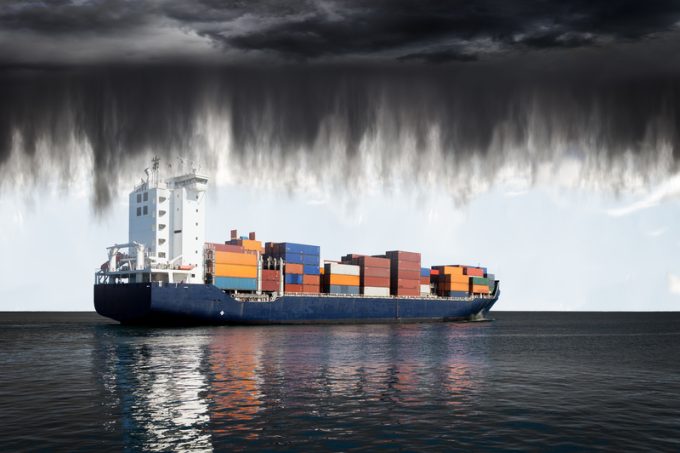Pricing deterrents have 'negligible impact' on shipping emissions, says study
Transport and Environment (T&E) has urged regulatory bodies to adopt “bespoke action” in reducing shipping ...

Drewry is expecting “marginally higher contract rates, higher fuel charges and better carrier discipline” this year, with global freight rates up by about 6%.
However, in its 2019 Container Freight Outlook presentation today, for the two major east-west tradelanes, Drewry has evidence of flat new January-December ...

Comment on this article